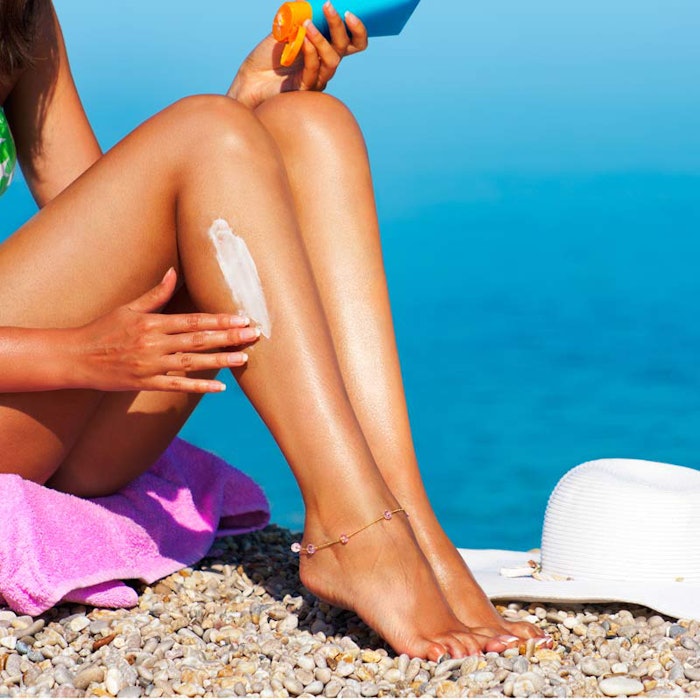
Now that the EU has approved zinc oxide in its nano and non-nano form beginning May 21, BASF is one of the companies applauding the move, which will support formulation of products aimed at filtering UV rays.
"Each approval of a UV filter offers new options and a wider choice for formulators of sun care products ... " - Dirk Mampe, BASF's head of business management for personal care specialties in Europe
New Formulation Options with Zinc Oxide
Based upon scientific review and an official EU opinion, zinc oxide will be included in the positive list of the EU Cosmetics Regulation (Annex VI). Previously, the potential for absorption by inhalation was not considered and the Scientific Committee on Consumer Product (SCCP) expressed concern on the safety of micronized zinc oxide, which had been under scrutiny.
“Each approval of a UV filter offers new options and a wider choice for formulators of sun care products to provide vital protection for the skin against these harmful effects of UV radiation," said Dirk Mampe, BASF's head of business management for personal care specialties in Europe. "After the EU approval of Tinosorb A2B as the first nano UV filter in 2014, we now welcome the official entry of zinc oxide in its nano form into Annex VI of the EU Cosmetics Regulation.”
On the Approval List
After BASF’s Tinosorb A2B, Z-Cote is BASF's second nano UV filter to be approved for use in cosmetics in Europe. Zinc oxide, with and without coating, is known for its beneficial use as a skin protectant and antimicrobial activity. Zinc oxide is one of only two UV filters approved for UVA1 protection in sun care applications in the US. However, the use of nano UV filters to protect the skin is still subject to specific legislation in many countries. For Europe, the next microfine UV filter is ready for approval:
Nano UV Filters and Titanium Dioxide
In February 2016, titanium dioxide received a positive vote by the EU Commission Working Group on Cosmetics. The official entry of the nano UV filter into Annex VI of the EU Cosmetics Regulation is expected for the second half of 2016. With Methylene Bis-Benzotriazolyl Tetramethylbutyl-phenol (MBBT) another nano UV filter is still on the voting list of the EU.
Regulations on the Horizon
MBBT is on the market under the BASF brand Tinosorb M since 2000, when it got the approval as UV ingredient. Since then, it has been used worldwide, except the USA, in sunscreens from pharmacy to store brands. However, a new approval as nano was required due to the new EU Cosmetics Regulation.
In 2015, the Scientific Committee for Consumer Safety (SCCS) published a positive scientific opinion on MBBT in nano form. The official entry into Annex VI is anticipated for 2017.






!['[Sunscreen] developers will be able to innovate more efficiently while maintaining high standards of quality and safety for consumers.'](https://img.cosmeticsandtoiletries.com/files/base/allured/all/image/2024/06/woman_outside_using_sunscreen_on_face_ISO_test_standards_AdobeStock_783608310.66678a92029d9.png?auto=format%2Ccompress&fit=crop&h=191&q=70&rect=62%2C0%2C2135%2C1200&w=340)



